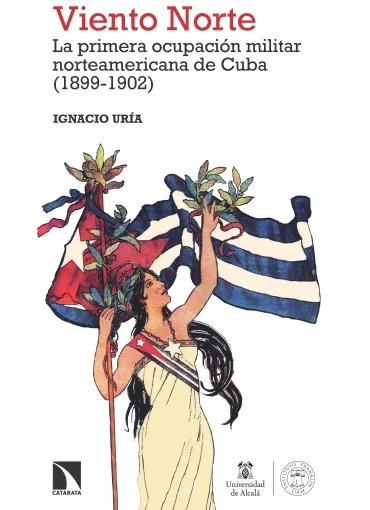Summary:
The Spanish-Cuban-American War of 1989 ended with the signing of the Treaty of Paris between the United States and Spain. This Treaty marked the end of the Spanish empire in America and the loss of Cuba after being joint to the mother country for four centuries.
This led to the first US military intervention in the island, a period lasting from 1899 up to 1902. In those three years, the US pushed forward a political and social reform with the objective of turning Cuba into a loyal ally, and, perhaps, its annexation. Moreover, the US came to control the Cuban economy, particularly sugar, of which it was the world’s leading producer.
Although the threat of annexation did not disappear in the course of the occupation, Cuba was able to declare its independence on May 20th, 1902. However, Cuba paid a heavy price: it had to give up control of its foreign policy to the United States due to the Platt Amendment, a clause that was incorporated into the new Magna Carta. In exchange, Cuba took a great step towards full sovereignty and managed to sign a commercial treaty with the United States that guaranteed it a huge and steady market.
This book analyzes that brief and fascinating period in which the United States turned into a world power and Cuba laid the republican foundations. A period in which democracy arrived from the North as a powerful, although threatening, wind.


